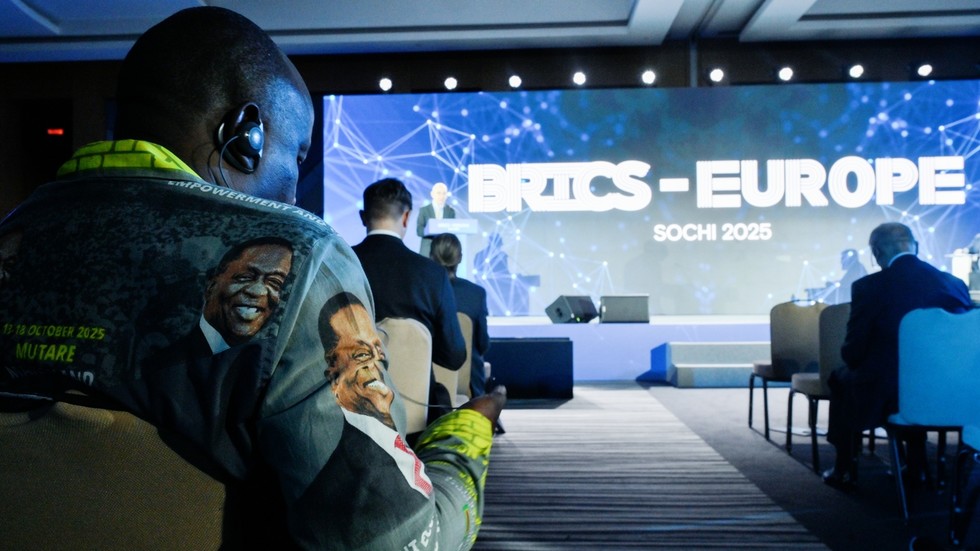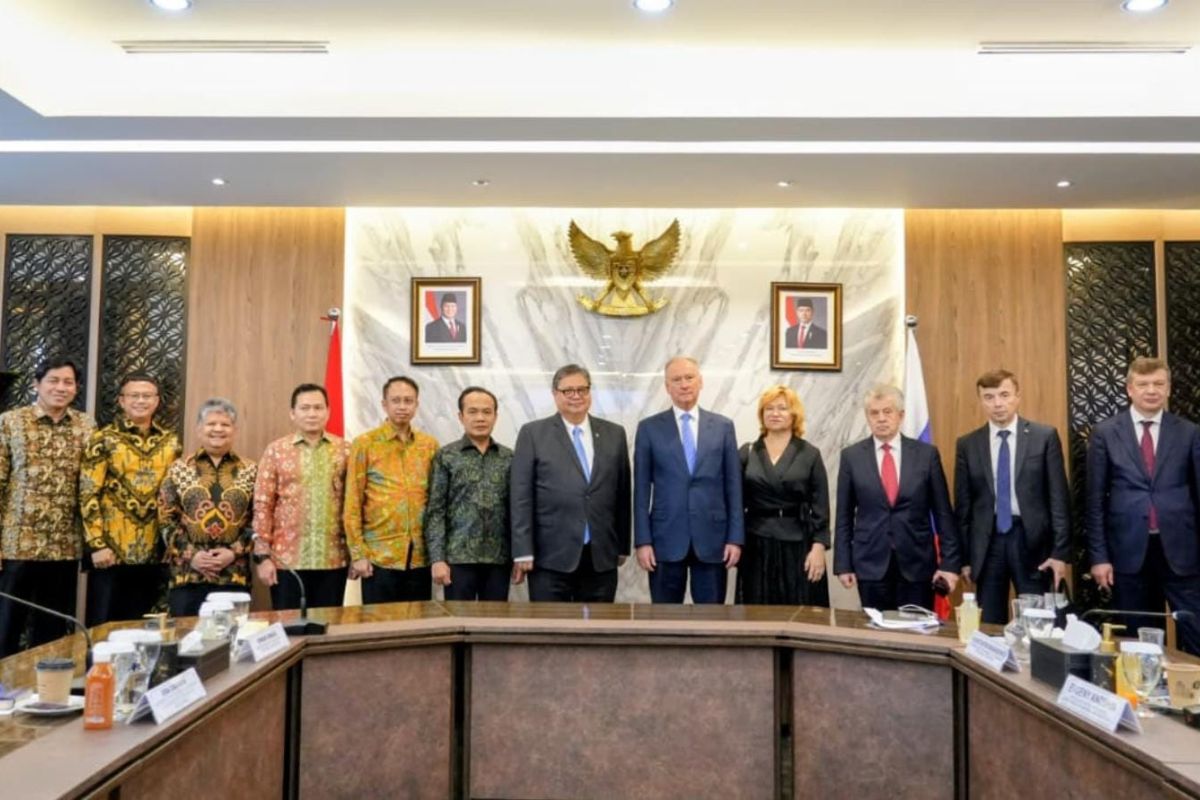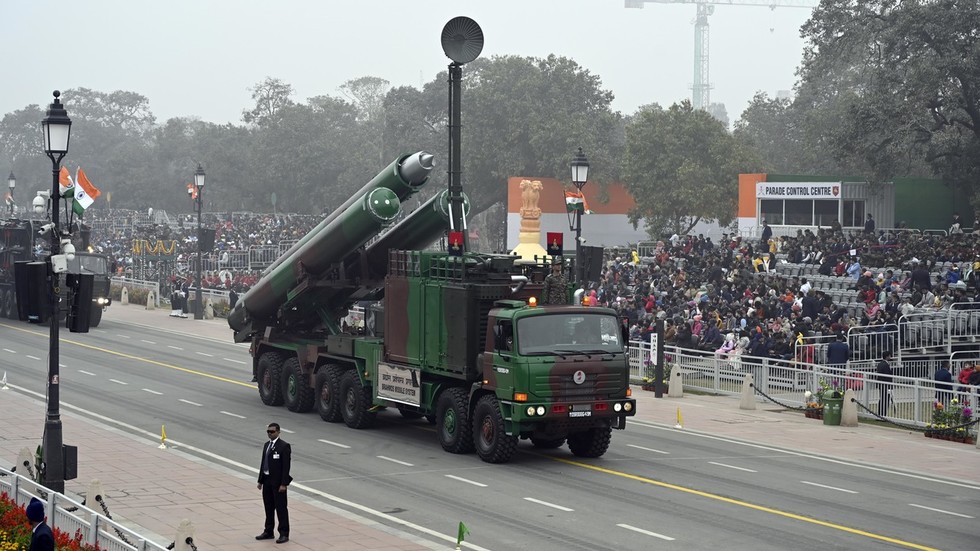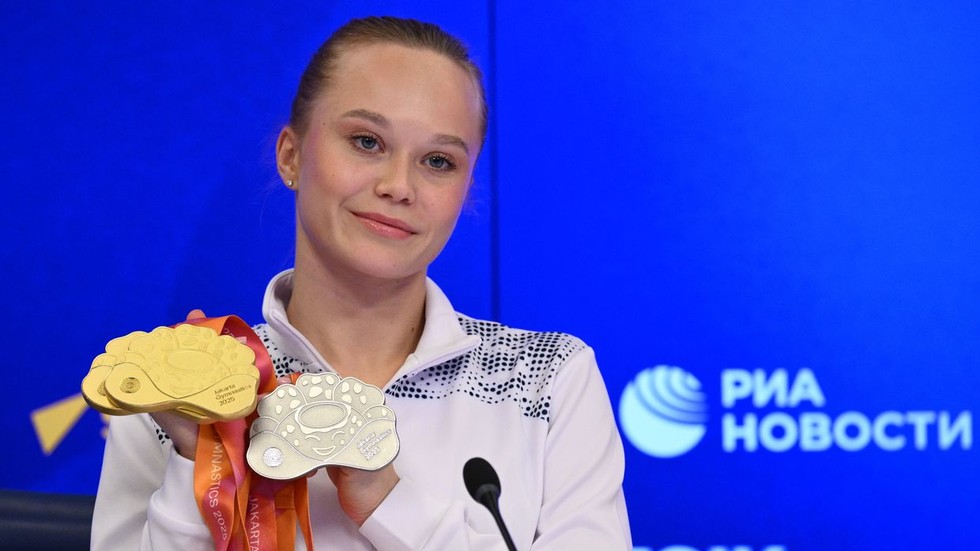India is taking consistent measures to strengthen the role of its national currency, the rupee, in international trade. This approach reflects the country’s goal not only to reduce dependence on the U.S. dollar but also to enhance the resilience of its economy against global financial fluctuations.

Photo: flickr.com by Monito – Money Transfer Comparison, https://creativecommons.org/licenses/by/2.0/
Indian 100 and 2000 rupee banknotes
Direct Currency Quotes with Key Trade Partners
According to Bloomberg, the Reserve Bank of India (RBI) is developing mechanisms to simplify rupee-denominated settlements with major trading partners, particularly within free trade agreements. A central element of this policy is establishing direct exchange rates between the rupee and partner currencies. Previously, the rupee was mostly pegged through the U.S. dollar, but now the RBI plans to set direct rates first with the currencies of the United Arab Emirates and Indonesia. Similar mechanisms are being prepared for other countries with which India has strong bilateral economic relations.
Soft Diversification Instead of Confrontation
This strategy signals a gradual move away from dollar dominance in international payments, while Indian authorities aim to avoid overt confrontation with global currency structures. New Delhi recognizes that a rapid push for dedollarization could create political tension with Western countries. Instead, India pursues a strategy of “soft currency diversification,” framing the rupee’s growing international role as a natural step toward economic sovereignty rather than a challenge to the dollar.
Rupee as a Strategic Instrument for Growth
The initiative aligns with Prime Minister Narendra Modi’s broader economic strategy. India aims to become a developed nation by 2047, the centenary of independence. Achieving this requires not only expanding production and exports but also promoting the rupee as a currency capable of fulfilling international functions—settlement, reserve, and investment. Using the rupee internationally reduces currency risks linked to dollar and euro fluctuations, decreases reliance on foreign financial infrastructure such as SWIFT, and enhances India’s status as a regional economic leader, especially among Global South nations.
Efforts to promote rupee settlements are not new. In 2022, following sanctions on Russia, India introduced a rupee-based payment mechanism for Russian oil supplies. That experience demonstrated that national currency use can protect economic interests even amid global financial instability, although practical challenges existed, including limited convertibility, low external demand, and the absence of liquid rupee assets in international markets.
Today, the RBI pursues a more systematic approach, building sustainable infrastructure for rupee settlements based on real trade flows rather than ad hoc political decisions. Direct currency quotes with key partners ensure transparency, predictable rates, and reduced business costs. Negotiations on national currency settlements are underway with countries involved in free trade agreements, including the U.S., the EU, and nations in Southeast Asia and the Middle East.
The path to rupee internationalization will be long and challenging. India’s currency is not yet fully convertible, and its share in global reserves remains under one percent. Achieving a significant role among global settlement currencies will require developing domestic financial markets, liberalizing capital flows, and increasing foreign investor confidence in Indian assets. Nevertheless, the trend is clear: India is gradually establishing its own model of currency independence, making the rupee an essential element in shaping the future architecture of global trade.








